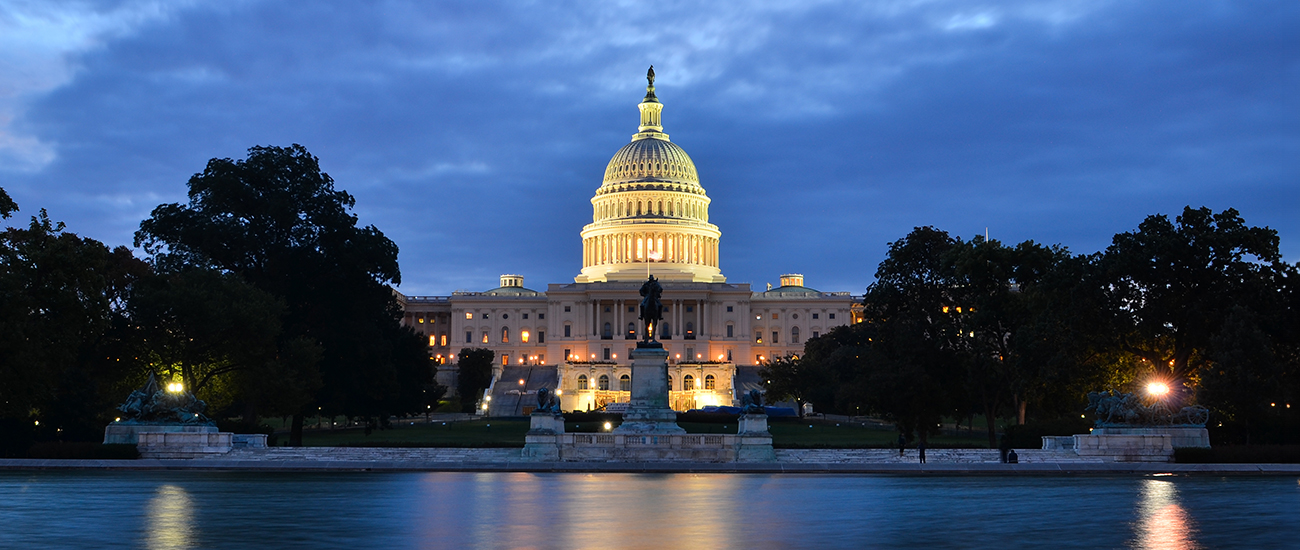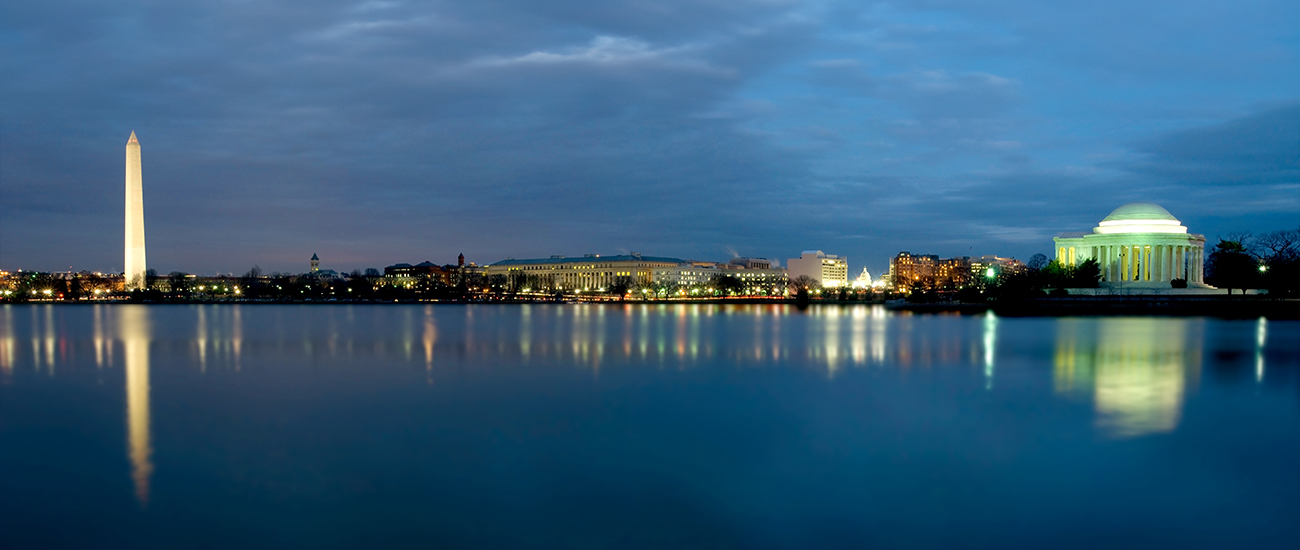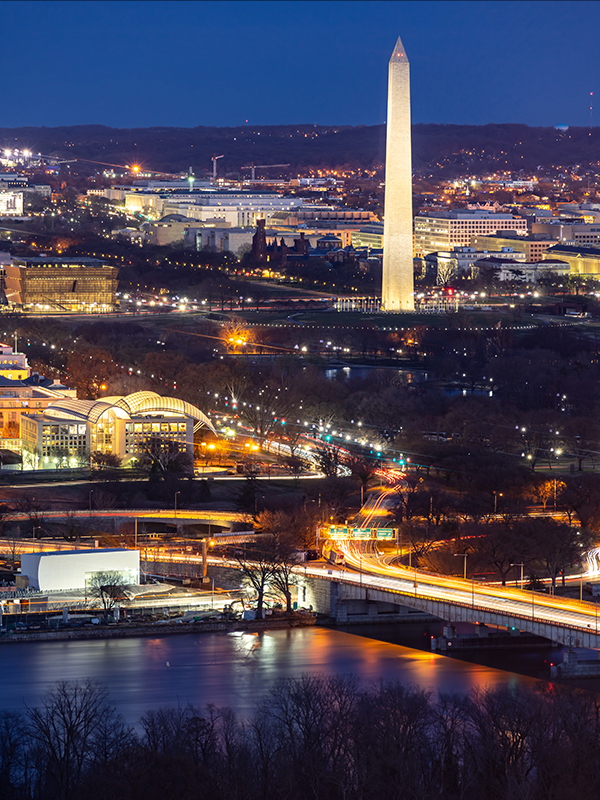- Contact Us Now: (202) 589-1834 Tap Here to Call Us
Trump Administration Acts to Lower Medicare Prescription Drug Prices
The rising prices of existing and new brand prescription drugs could have serious consequences for tax payers and the 44 million seniors who rely on Medicare. In order to rein in those costs, it’s vital for the Administration to encourage the use of generic drugs and biosimilars.
While Congress has been grabbing the headlines by holding numerous hearings and introducing various legislative proposals aimed at lowering drug prices, the Trump Administration has introduced some consumer-friendly changes to Medicare that should change the way drugs are priced for seniors and encourage the use of generics and biosimilars. First, the Centers for Medicare & Medicaid Services (“CMS”) proposes to change how insurance plans and PBMs conduct drug utilization management and structure drug formularies. Second, the U.S. Department of Health and Human Services (“HHS”) proposes to eliminate the rebates that pharmacy benefit managers (“PBMs”) receive from drug manufacturers and to encourage that any rebates go directly to seniors at the point of sale.
These significant reforms are necessary as the stakes are high. Since 2006, Medicare Part D spending has more than doubled to roughly $100 billion per year in 2017, and it is expected to climb as a growing and aging population of baby boomers becomes Medicare eligible. Today, despite making up a modest proportion of Part D prescriptions, brand drugs account for some 84% of total Part D spending. Generics, meanwhile, which make up most of the Part D prescriptions, account for only 16% of the total spending and saved the Part D program approximately $82 billion in 2017.
Those savings, however, could have been higher. The formulary construction and contracting practices of both PBMs and Part D plans have cost seniors billions of dollars. Part D plans have a lot of flexibility to design drug formularies and tier structure. Historically, generics were placed in lower generic tiers and brands were placed in higher brand tiers. This meant that seniors’ copays for generics were less than those for branded drugs so their out-of-pocket costs were lower when they purchased generic drugs. Over time, Part D plans started to place generics in higher brand tiers. And, in 2016, CMS announced a change to the formulary structure that explicitly allowed Part D plans to create a non-preferred tier, with higher copays, that could include both brands and generics.
The CMS change emboldened Part D plans to place generics and brands in the higher tier. As a result, seniors have been faced with higher “branded” copays and out-of-pocket costs for generic drugs. Indeed, recent studies from Avalere estimate that since 2015, seniors have paid nearly $22 billion in additional out-of-pocket costs for their prescription drugs, and seniors are paying approximately $1,000 more in out-of-pocket costs per year than they should be.
The change to formulary structure is costly enough, but matters become worse when PBM and plan incentives are considered. Because of misaligned incentives that exist in the drug supply chain, PBMs and Part D plans seek out rebates based off escalating list prices of brand drugs. Instead of offering seniors the best quality medicines at affordable prices, they are incentivized to implement plans designed to steer seniors from lower cost generics to branded drugs by comingling them on the same drug formulary tier.
The Administration’s proposal (1) to reverse CMS’s Part D formulary guidelines that allowed the practice of comingling generics on brand tiers and (2) to require plans to automatically include generic and biosimilar medicines on generic formulary tiers immediately after launch is a great first step in lowering drug prices for seniors. According to HHS, besides raising seniors’ out-of-pocket costs, in 2017, this practice led to the federal government unnecessarily spending $9 billion on brand-name drugs that have a generic alternative. HHS claims that if these prescriptions were dispensed as generics, the Medicare program would have saved $3 billion. Moreover, implementing the current CMS proposal is estimated to save seniors approximately $4 billion in out-of-pocket costs per year.
The Administration’s proposal to eliminate rebates is also critical to lowering the cost of drugs for seniors. The PBM market is not competitive: it lacks transparency and choice, while conflicts of interest abound. Perversely, rebates create an incentive for PBMs to actually support higher list prices for brand drugs and sales of brand drugs over lower cost generics, which often result in higher copays for seniors. It has been estimated that rebates cost seniors up to 30% more for their drugs. Significantly, rebates have more than doubled in the last five years Indeed, rebates have more than doubled in the last five years and in 2018, pharmaceutical manufacturers paid $166 billion in rebates and price concessions to PBMs, insurers and the supply chain. The PBMs pocket some of the rebates and pass some of the discounts to the Part D plans. Seniors, who are purchasing drugs with high copays, though, do not see any significant benefits from the discounts so encouraging that discounts actually be passed on to them at the pharmacy counter is another major step in the right direction.
Implementing both of the Administration’s proposals is vital to the current and long-term success of the Medicare Part D program as they will have the effect of lowering Part D prices to seniors and the federal government. They will also increase utilization of less expensive generics and biosimilars. Medicare has been largely successful at moderating cost growth where there is generic competition, so regulations that make generics and biosimilars more accessible is critical to ensuring that patients have access to the therapies they need at lower out-of-pocket costs.
Andre Barlow
(202) 589-1838
abarlow@dbmlawgroup.com




